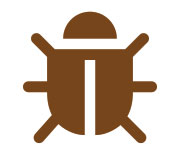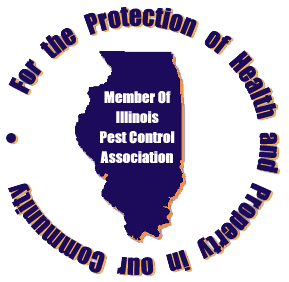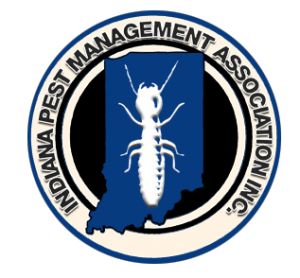Bedbugs are 3/16 inches long flat oval insects that are reddish brown in color. Dubbed the parasite of humans, this insect’s food source is human blood. They progress to the next stage of development through instars that require a blood meal before shedding their exterior skin and growing. An impregnated female will also require a blood meal before she is able to lay eggs. Due to their prolific breeding cycle, a minor infestation can become major within a couple months.
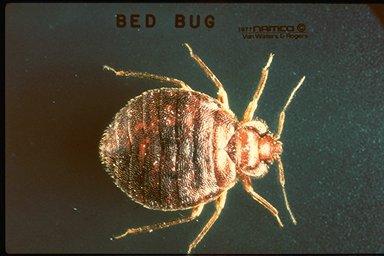
As their name entails, Bedbugs commonly inhibit beds, but are also found in other structures as the population grows. Couches, chairs, dressers, closets and, in extreme situations trim, can all provide harborage for bedbugs.
Bedbugs are slow movers and depend on humans for transportation. They are commonly transferred from place to place from being dropped from personal belongings. Hotels, apartment complexes, public transportation and used furniture are all at high risk for the probability of picking up these undesirable pests. It is wise for these institutions to implement a monitoring program by a pest control professional. These programs allow for early detection and prevention of a widespread problem.
Infestations are discovered through evidence of droppings or seeing the bug itself. Droppings are small black dots (fecal matter) visible to the naked eye and can be found on any area they find harborage (furniture seams, cloths, trim).
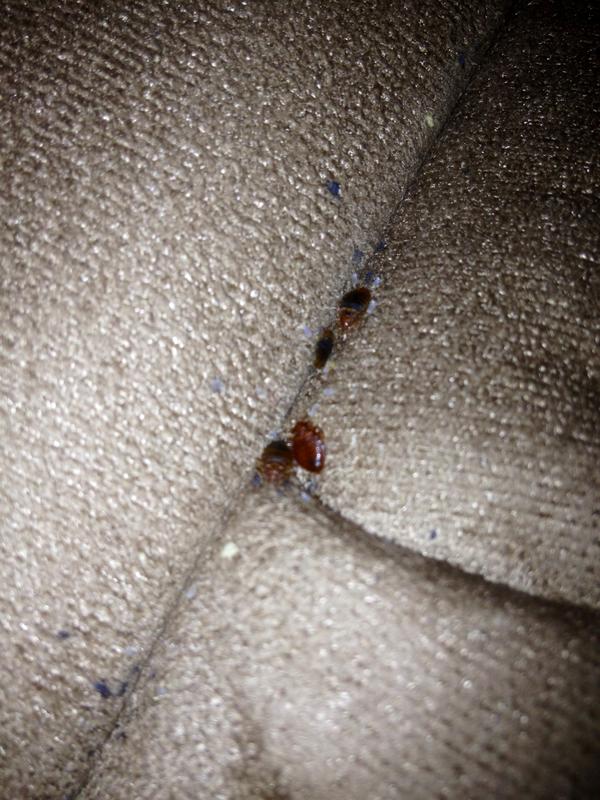
Elimination of bedbugs is difficult but can be achieved through cold, heat or chemical methods. We have found chemical methods to have the most effective results in regard to the homeowner cost, time for complete elimination and number of treatments required when a residence is properly prepared for treatment. For maximum results we recommend homeowners to follow these guidelines: BedBug Prep Sheet
Notes for when traveling:
It doesn’t matter how fancy or expensive the hotel is, there is always a high probability that they have experienced at least one case of bedbugs. Upon arrival place baggage near the door and use a flashlight to inspect:
- Headboards
- Seams of mattresses/furniture
- Box springs
- Bed frame
- Trim
for any visible signs of droppings, shed skins and bedbugs themselves.
Think you may have bedbugs? Call now for a FREE estimate!



